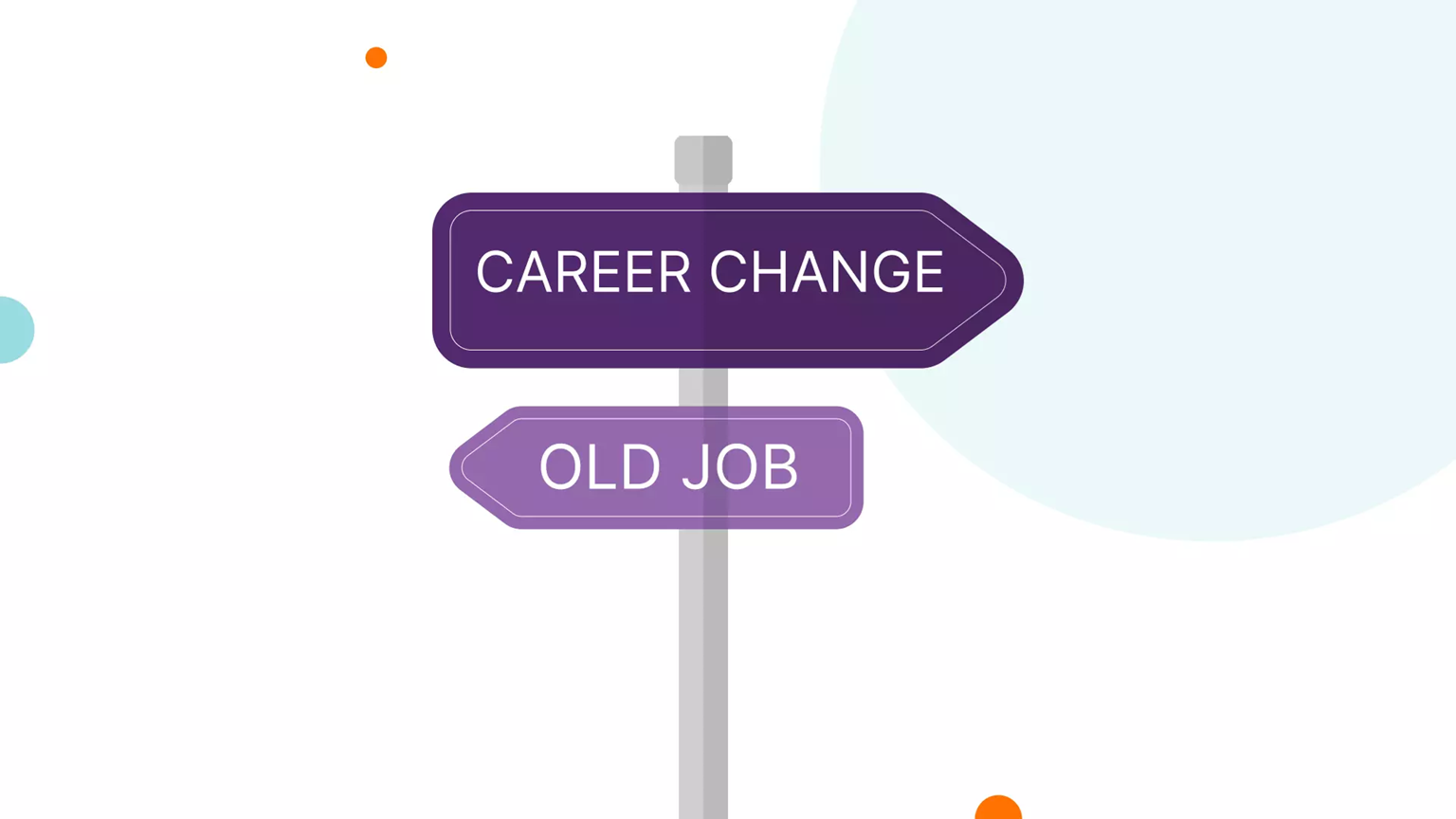In today’s competitive market, businesses are constantly striving to stand out and retain customers. One of the most powerful ways to achieve this is by fostering brand loyalty through exceptional customer experience (CX). The relationship between customer experience and brand loyalty is undeniable. In fact, a great customer experience can be the key differentiator between your brand and your competitors.
What is customer experience?
Customer experience refers to the total journey a customer has with a company, from the first interaction to post-purchase. It encompasses every touchpoint along the way, including browsing a website, speaking with customer service, making a purchase, and using the product or service.
A positive customer experience means that a customer’s expectations are met or exceeded at every stage of their journey, leading to satisfaction, repeat business, and often, brand advocacy. A negative experience, on the other hand, can result in frustration, a damaged reputation, and a loss of customers.
Key elements of customer experience
- Personalization: Tailoring the experience to meet the individual needs and preferences of each customer.
- Ease of use: Ensuring that the customer can easily interact with your product or service, whether it’s navigating a website or accessing customer support.
- Consistency: Providing a seamless experience across all channels, from online to offline, in-store or on social media.
- Emotional connection: Building a relationship with customers that makes them feel valued and understood.
The link between customer experience and brand loyalty

1. Emotional connection drives loyalty
Brand loyalty is built on emotions. When customers have a positive, emotional experience with your brand, they are more likely to stay loyal. Exceptional customer experience fosters positive emotions that create a deep connection between the customer and the brand. This bond goes beyond product features and price; it’s about how the brand makes the customer feel.
When customers feel valued, they are more likely to keep coming back. They may also share their experiences with others, leading to word-of-mouth referrals. Studies have shown that customers who feel emotionally connected to a brand are 52% more valuable, and they are more likely to spend more, buy more often, and recommend the brand to others.
2. Satisfaction leads to repeat business
A satisfied customer is a loyal customer. When a customer’s needs are met and their experience is positive, they are more likely to make repeat purchases. Consistently providing a high level of customer experience is essential for keeping customers coming back.
Loyal customers not only keep purchasing but are also more forgiving when issues arise. If a problem occurs but the customer receives prompt, friendly, and effective resolution, they are more likely to remain loyal. This is why focusing on delivering excellent service during every interaction—especially when things don’t go perfectly—is crucial for maintaining brand loyalty.
3. Trust is built through consistent experience
Trust is an essential factor in building loyalty. Consistency in the customer experience is key to fostering trust. Customers should know what to expect from your brand at every stage of their journey, and they should receive consistent quality and service no matter how they interact with your business.
If a customer has a great experience with one product but is disappointed by the service they receive on another occasion, their trust in your brand may diminish. On the other hand, delivering a consistently positive experience across touchpoints strengthens trust, and trust is one of the most important factors in building brand loyalty.
4. Providing value at every touchpoint
Every interaction with your brand is an opportunity to create value for your customers. Whether it’s through helpful customer service, providing useful information, or offering special perks and rewards, every touchpoint adds to the overall customer experience.
A customer who perceives that they’re receiving value at each interaction will be more likely to remain loyal to your brand. This is why businesses should prioritize creating value in both small and large ways. From quick problem resolution to offering personalized product recommendations, the value customers receive at every point of contact contributes to the overall loyalty they feel toward your brand.
How to improve customer experience and foster brand loyalty

1. Focus on personalization
In today’s world, customers expect personalized experiences. Personalization involves tailoring your marketing, communication, and service to meet the individual needs of each customer. By using data and insights to understand their preferences, you can deliver more relevant offers, content, and services.
Tips for personalization:
- Use customer data to recommend products based on their purchase history.
- Address customers by their names in communications.
- Send personalized emails or messages with offers tailored to their interests.
When customers feel that your brand truly understands them and values their preferences, it strengthens their loyalty.
2. Ensure seamless omnichannel experience
A seamless experience across all channels, both online and offline, is essential for delivering great customer service. Customers may interact with your brand through a variety of touchpoints: your website, social media, mobile app, in-store, or customer service.
Ensuring a consistent experience across all of these channels is crucial. Whether customers are browsing online or shopping in-store, the experience should feel unified and seamless.
3. Provide excellent customer support
Responsive and empathetic customer support is a cornerstone of a great customer experience. Customers expect to have their issues resolved quickly and professionally. Whether through phone, email, live chat, or social media, providing fast and helpful support can make all the difference in customer loyalty.
Train your customer service team to be knowledgeable, friendly, and patient, and empower them to resolve issues in a timely and effective manner. A positive interaction with customer support can turn a dissatisfied customer into a loyal one.
4. Collect and act on customer feedback
Feedback from your customers is one of the most valuable tools you have for improving the customer experience. Regularly collecting and analyzing feedback helps you understand what your customers like, what they don’t, and where you can make improvements.
Tools like surveys, social media listening, and direct feedback during customer interactions can help you gather insights. However, the most important part is acting on this feedback to make tangible improvements. When customers see that their input is valued and leads to positive changes, it deepens their loyalty.
5. Reward and recognize loyal customers
Customer loyalty programs are a great way to show your appreciation to loyal customers. Offering rewards such as discounts, exclusive offers, or points-based systems can encourage repeat business and help create a sense of belonging.
But loyalty programs shouldn’t be limited to rewards for purchases. Recognizing customers for their engagement, reviews, or referrals can also foster deeper relationships. A simple thank-you note or a shout-out on social media can go a long way in making customers feel appreciated and valued.
6. Empower employees to provide excellent service
Your employees are the front line of customer experience. It’s essential that your team is well-trained, motivated, and empowered to deliver excellent service. Ensure that your employees are aligned with your brand values and are equipped with the tools they need to provide outstanding service.
Investing in employee training, giving them autonomy to solve problems, and encouraging a customer-first mentality will result in a better overall experience for your customers.
The long-term benefits of brand loyalty

The benefits of building brand loyalty through exceptional customer experience extend far beyond repeat business. Loyal customers can serve as brand advocates, helping to spread positive word-of-mouth and generate referrals. Additionally, loyal customers tend to be less price-sensitive, meaning they are more likely to stick with your brand even when competitors offer similar products or services at a lower price.
Other long-term benefits:
- Increased customer lifetime value: Loyal customers often spend more over time, leading to increased lifetime value.
- Cost savings on marketing: Retaining existing customers is often more cost-effective than acquiring new ones. Loyal customers also help with organic marketing through referrals and word-of-mouth.
- Competitive advantage: A strong base of loyal customers can give you a competitive edge in the market, making it more difficult for competitors to poach your customers.
- Brand advocacy: Loyal customers are more likely to share their positive experiences with others, increasing brand awareness and trust.
Customer experience is no longer just a buzzword—it’s a critical driver of brand loyalty and business success. By focusing on delivering exceptional experiences, personalizing interactions, and creating emotional connections with your customers, you can build lasting loyalty and a thriving brand. Prioritize customer experience at every touchpoint and watch your business grow as customers keep coming back, advocating for your brand, and helping you outpace your competition.
Frequently asked questions (FAQs)
Q1: How do I measure customer experience?
A1: Customer experience can be measured using a variety of metrics such as Net Promoter Score (NPS), Customer Satisfaction (CSAT) scores, and Customer Effort Score (CES). Additionally, tracking repeat purchase rates, customer retention rates, and customer feedback can help gauge CX effectiveness.
Q2: How can I ensure that my customer experience is consistent across all channels?
A2: To maintain consistency, create unified customer service guidelines, use the same branding and messaging across platforms, and invest in omnichannel solutions that allow seamless transitions between online, mobile, and in-store experiences.
Q3: How can I improve customer experience on my website?
A3: Focus on user-friendly design, fast loading times, easy navigation, and personalized recommendations. Offering live chat support and making sure the checkout process is smooth can also improve the overall experience on your website.
Q4: Can customer experience impact a company’s profitability?
A4: Yes! Providing excellent customer experience increases customer satisfaction, which leads to repeat business, referrals, and reduced churn. All of this contributes to higher profitability over time.




